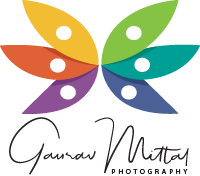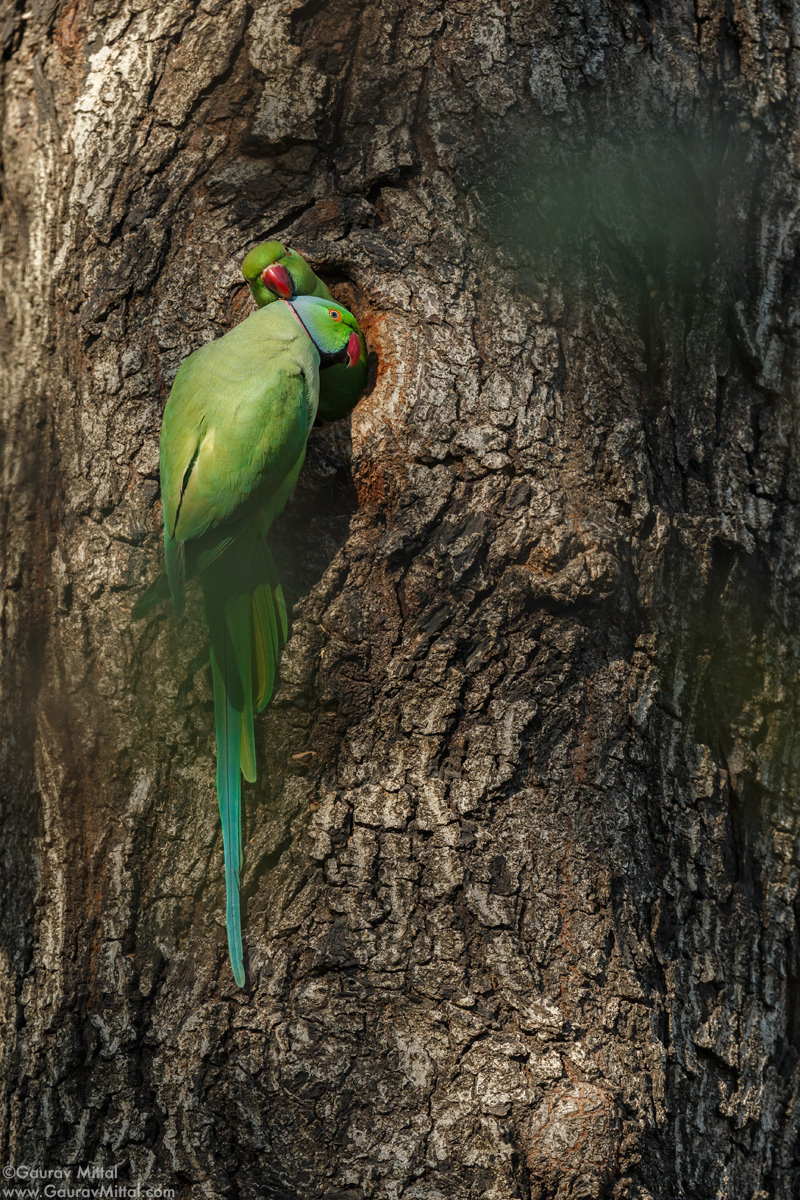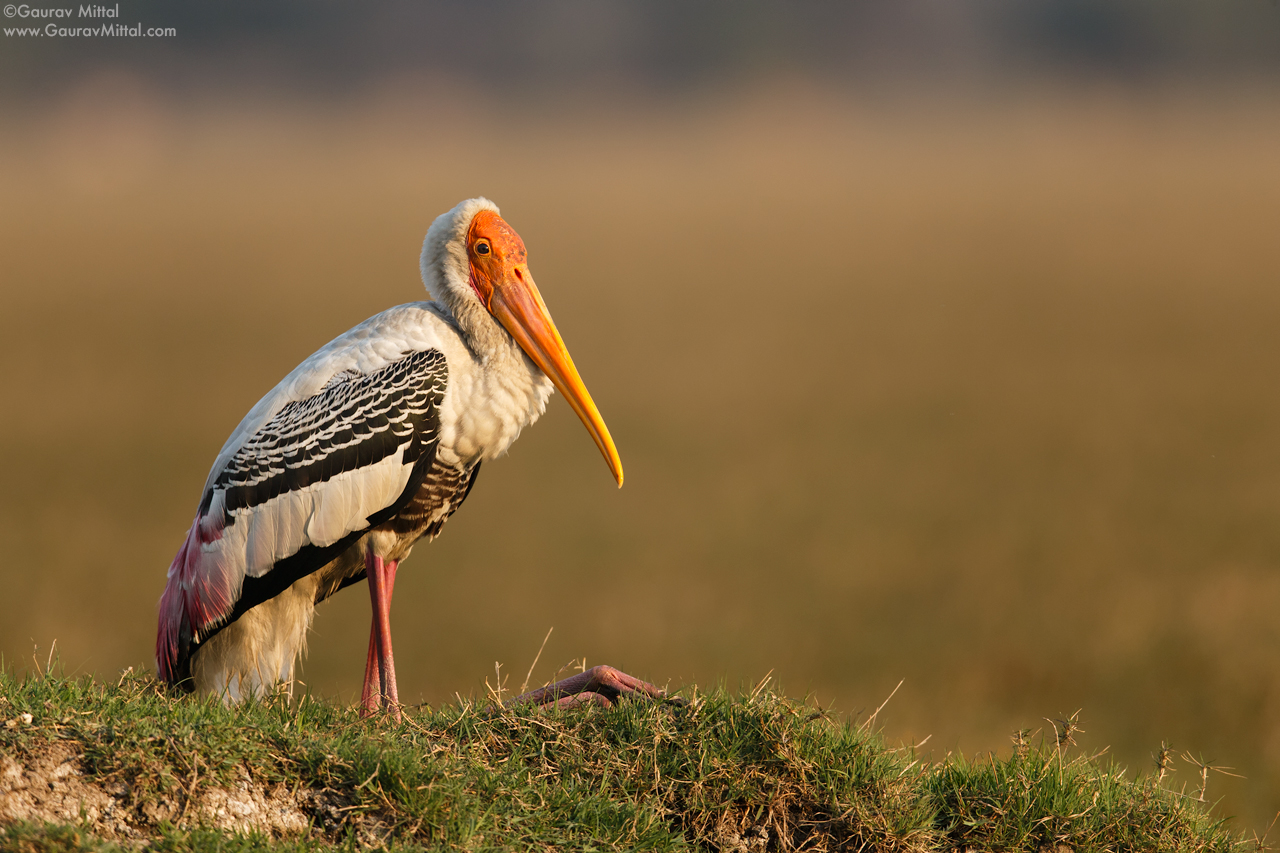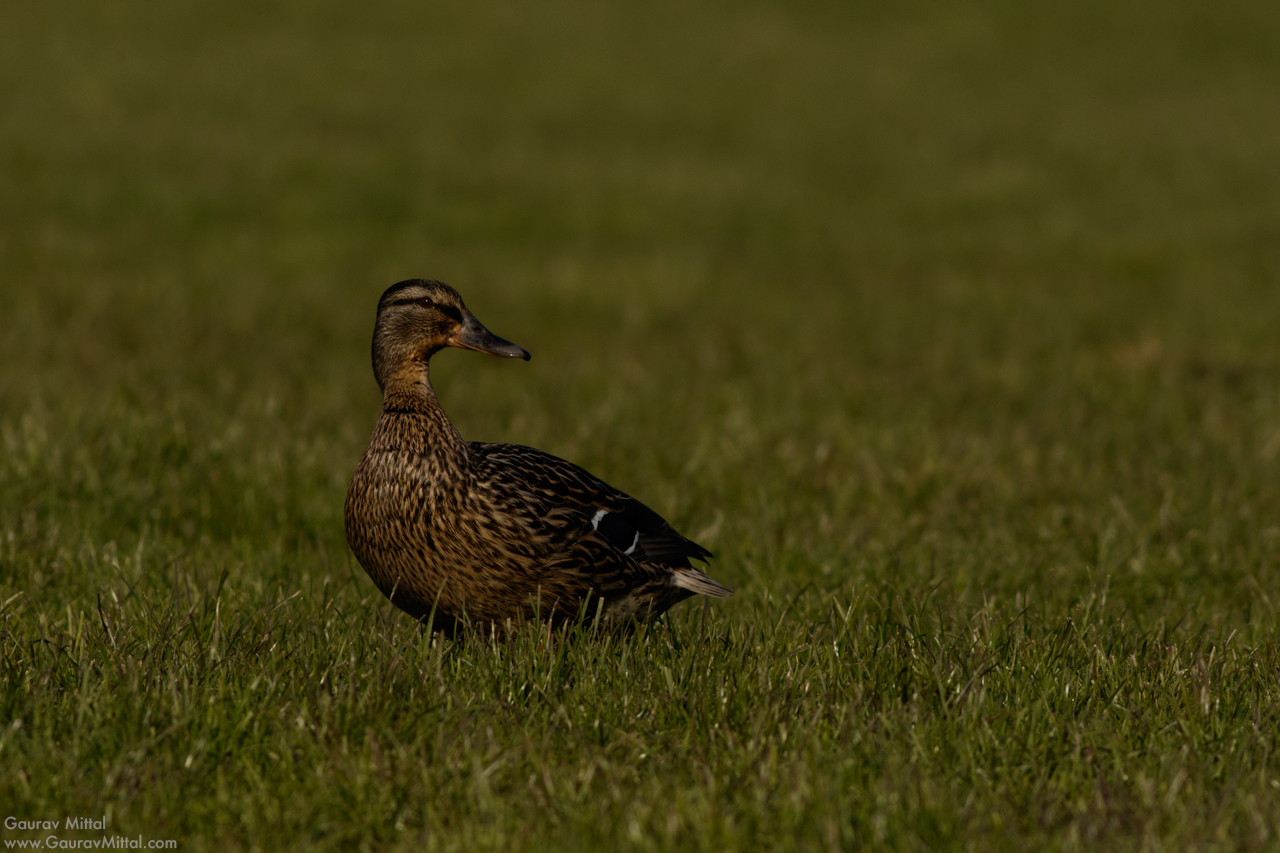08
Nov
Composition Tips for Wildlife Photography – Part III
- By Gaurav Mittal
- No Comments
In part three of this three-part article, I continue on with some fundamental tips to help you create compelling images.
Continued from Composition Tips for Wildlife Photography – Part II…
Shoot At Eye Level
When shooting birds or wildlife, the subject is most often low on the ground or high up in a tree or the sky as in the image above. It is much easier to point your camera down or up to shoot than to shoot at eye level. However, embracing this difficulty rewards you with images that help your viewer connect to the subject. At eye level, the subject looks directly into the camera without looking up or down. If you cannot get high enough, then move back to achieve a perception closer to eye level.
Make Eye Contact
This is crucial. Do not get lost in composition alone. All of the tips discussed here are useless if the main subject in your image does not make eye contact. The head angle, the eye catch light, and the pose are critical elements of composition. Although each has equal weight in terms of ensuring an image with strong overall composition, eye contact ultimately draws viewers in and creates the connection.
Avoid Overexposure And Underexposure
This tip alone merits a blog post, one which I will write soon. In brief, it is the ultimate image breaker. A beautiful composition with a posing subject is undone by poor exposure. Check the histogram on your camera and watch for blinking highlights or underexposure; adjust the settings accordingly.
In Conclusion
This is less a tip than a word of caution. Cropping for composition has been hotly debated in wildlife photography, with good points made by both proponents and detractors. Cropping an image is a good way to show a close-up of your subject, especially when you cannot get close enough for full-frame shots. I consider cropping for composition a tool to be used for final touches when an image needs a dash of flair. That being said, this technique limits your creativity and hinders your field effort. It’s an easy path that is counterproductive in terms of improving your skills. Moreover, when you crop an image, you start degrading its quality by throwing away pixels. Field composition makes you think before pushing the shutter button.







Submit a Comment